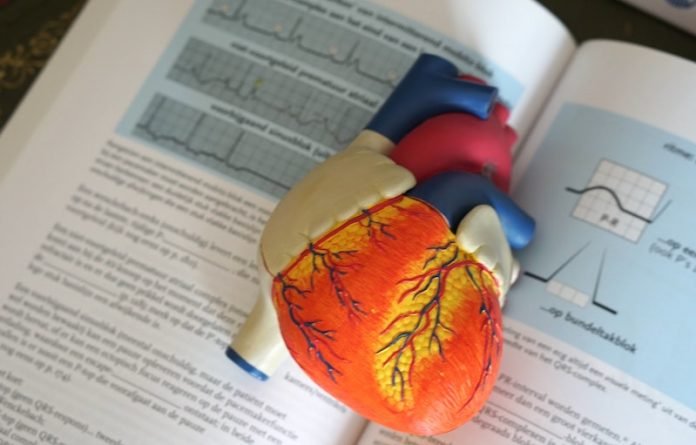
In a recent study, scientists from Erasmus MC found that the diameter of the thoracic aorta is a biomarker for heart attacks and other adverse cardiovascular events in women and men.
The aorta is a large artery that carries oxygenated blood to the heart and other parts of the body.
The portion that passes through the chest, known as the thoracic aorta, is divided into an ascending aorta that rises from the left ventricle of the heart and a descending aorta in the back of the chest.
The thoracic aorta grows as we age, but changes in vessel size and structure, a phenomenon known as vascular remodeling, have a systemic nature involving hemodynamic—basic measures of cardiovascular function and blood circulation—and biological processes that are also linked to heart disease.
In the study, the team examined 2,178 participants from the population-based Rotterdam Study.
Participants underwent multi-detector CT scans between 2003 and 2006 and were followed for nine years, on average. Thoracic aorta diameters were indexed for body mass index (BMI).
The team found larger BMI-indexed ascending and descending thoracic aortic diameters were strongly linked to an increased risk of adverse heart outcomes like stroke and death in both women and men.
In women, the greater ascending aortic diameter was associated with a 33% higher heart mortality risk. Remodeling of the aging aorta seems to be different between women and men with faster deterioration in women.
The team says aging could affect aortic health and structure more adversely in women than in men.
The study findings suggest that heart risk assessment associated with thoracic aortic size among asymptomatic women and men could lead to effective, sex-specific prevention strategies.
As the aortic diameter is significantly related to body size, the use of aortic diameters indexed for body measurements could improve its prognostic value for heart outcomes.
If you care about heart attacks, please read studies about cannabis and heart attack, and how to treat and prevent heart attack in people with diabetes.
For more information about heart health, please see recent studies about new early warning sign for heart disease, and results showing this vitamin can prevent heart muscle damage after heart attack.
The research was published in the journal Radiology and was conducted by Maryam Kavousi et al.
Copyright © 2022 Knowridge Science Report. All rights reserved.



